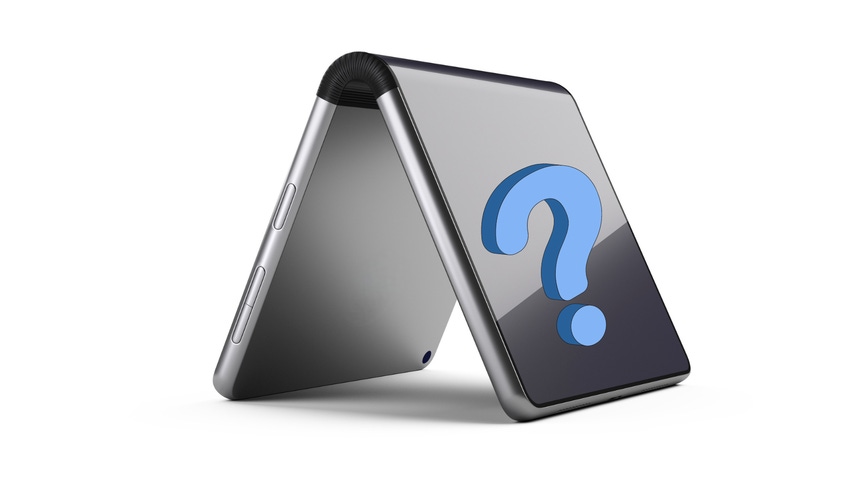Apple Working on Foldable iPhone
Apple is developing two sizes of iPhones that fold in half horizontally, according to The Information

At a Glance
- Apple is working on iPhones in two sizes that fold horizontally, according to The Information.
- It still has to overcome several technical issues, such as fragility when dropped or thickness when folded.
- Issues with a foldable iPhone made Apple consider a foldable iPad instead. It is working with LG and Samsung on displays.
Apple reportedly is developing prototypes of two or more iPhones that fold in half horizontally, just like flip versions from Samsung and Motorola.
The Information is reporting that foldable iPhones are in early development and will not be launched this year or next. Apple recently approached an Asian manufacturer for components for two sizes of foldable phones.
Samsung was the first to mass-launch a foldable smartphone for consumers in 2019: Galaxy Fold, which folded vertically. It would later introduce Galaxy Z Flip phones that folded lengthwise, like a clamshell.
Google also makes a foldable phone, Pixel Fold, that folds vertically.
Foldable phones have not been as popular due to their cost and more fragile design. Users have complained that some screens or hinges can break or become creased over time.
Apple CEO Tim Cook began asking the company’s engineers and designers about making a foldable phone in 2018. But the project has stayed on the back burner because of technical issues that must be overcome. Plus, Apple has not come up with any compelling features to make people want them.
Apple’s industrial design team wanted a foldable phone whose displays face outward when folded. But the phones break when dropped. Another issue is they did not want thick phones when the phones folded – a challenge when it comes to fitting batteries and display components.
In 2020, Apple thought about making a foldable iPad instead with an 8-inch screen. Thickness would not be an issue because iPads are not carried in pockets of clothing and they do not have to pass stringent drop tests. Apple has been working with LG and Samsung to make foldable displays of iPad prototypes.
Still, Apple’s engineers struggled with getting read of the crease in the middle of the display after many folds. They also want the device to lay flat without having a bump or dip in the middle.
The tech giant might yet solve these common issues. Consider the Vision Pro, which took Apple a long time to launch since it was trying to solve common problems found in AR headsets, such as the lag between a user's movements and what they see, and fitting all the electronics in as small a device as possible.
About the Author(s)
You May Also Like


.jpg?width=700&auto=webp&quality=80&disable=upscale)
.jpg?width=700&auto=webp&quality=80&disable=upscale)

.jpg?width=300&auto=webp&quality=80&disable=upscale)
.jpg?width=300&auto=webp&quality=80&disable=upscale)
.jpg?width=300&auto=webp&quality=80&disable=upscale)
.jpg?width=300&auto=webp&quality=80&disable=upscale)
.jpg?width=300&auto=webp&quality=80&disable=upscale)